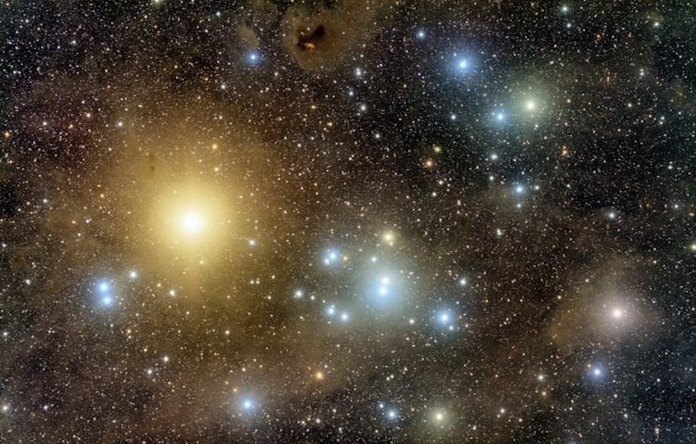A study recently published in the Monthly Notices of the Royal Astronomical Society hints at a significant discovery—black holes may be lurking in the Hyades star cluster, our closest open cluster to the solar system
These would be the nearest black holes to Earth ever detected if confirmed.
Black holes have captivated scientists and astronomers due to their enigmatic and captivating properties. Tiny black holes, especially, have garnered attention since their first detection during gravitational wave observations, revealing the mergers of low-mass black hole pairs following the historic discovery of gravitational waves in 2015.
Simulating the Hyades star cluster
A team of astrophysicists employed advanced simulations to investigate the potential presence of black holes in the Hyades star cluster.
These simulations meticulously tracked the movements and life cycles of all the stars within the Hyades cluster, approximately 150 light-years from the Sun.
The mystery of black holes in the cluster
The simulation results were meticulously compared with the actual positions and velocities of the stars within the Hyades, a task made possible by the precise observations collected by the European Space Agency’s Gaia satellite.
Astonishingly, the simulations align with the Hyades’ observed properties when two or three black holes are assumed to be currently present within the cluster.
These groundbreaking findings indicate that black holes born within the Hyades cluster may still reside within or near the group. This discovery positions them as the nearest black holes to our Sun, significantly surpassing the previous candidate, Gaia BH1.
Pivotal role of open clusters
Furthermore, this study highlights the pivotal role of open clusters in contributing to gravitational wave sources, shedding light on the distribution of these mysterious cosmic entities across the galaxy.
In collaboration with institutions such as the University of Cambridge, the European Southern Observatory (ESO), and the National Sun Yat-sen University in China, this research offers a glimpse into the profound influence of black holes on star cluster evolution and how star clusters in turn, contribute to the rich tapestry of gravitational wave phenomena.











